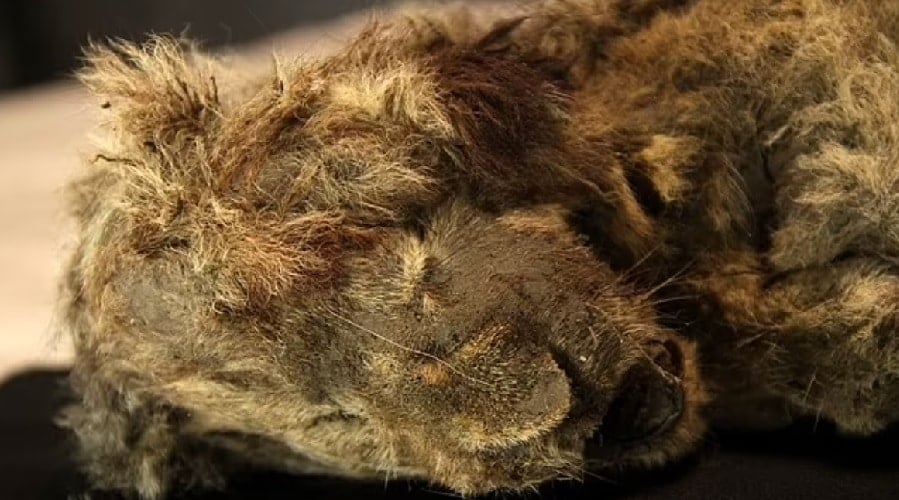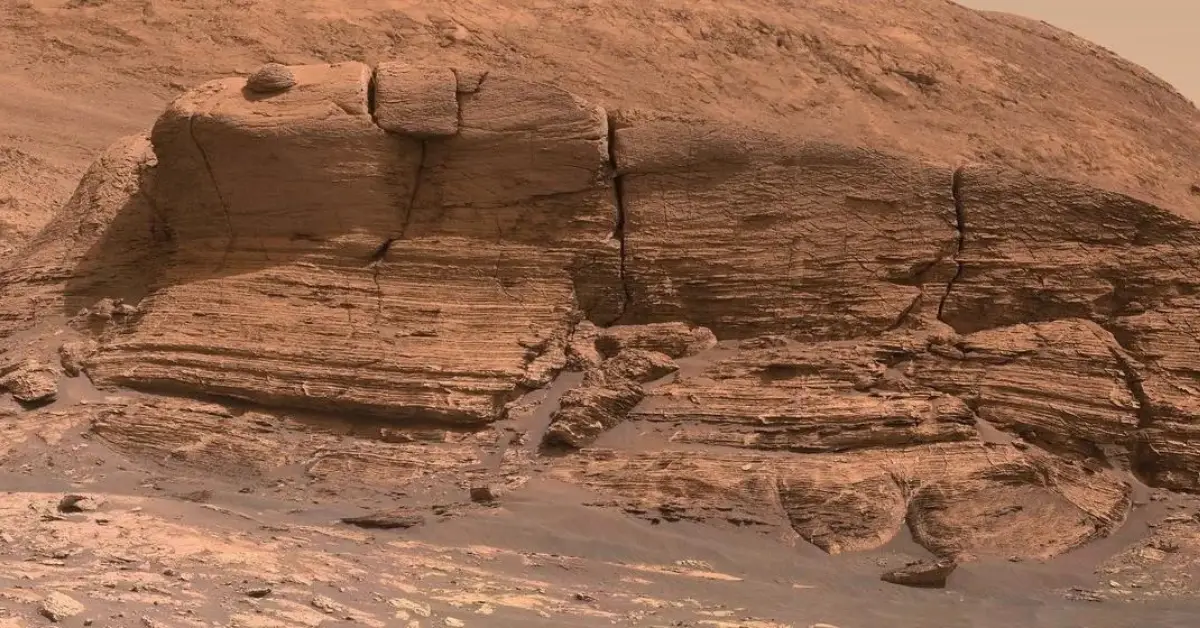Sparta, a 28,000-year-old cave lion cub unearthed in Siberia, astounded experts with her well-preserved physique.
Sparta, according to ScienceAlert, is one of the best-preserved Ice Age species ever discovered. The ice has mummified her soft tissue, including her skin, teeth, and skin. According to the researchers, her organs are still present.
Quarternary published some Spartan findings.
She was discovered in 2018.
Sparta was discovered in 2018 by Boris Brezhnev, a Yakutian who was searching for old mammoth tusks on the tundra. A year before locating Sparta along the Semyuelyakh River, he observed another cave lion named Boris, 49 feet (15 meters) distant. This one, known as Boris, had suffered more damage owing to the collapse of its permafrost cave, but it was still astonishingly intact.
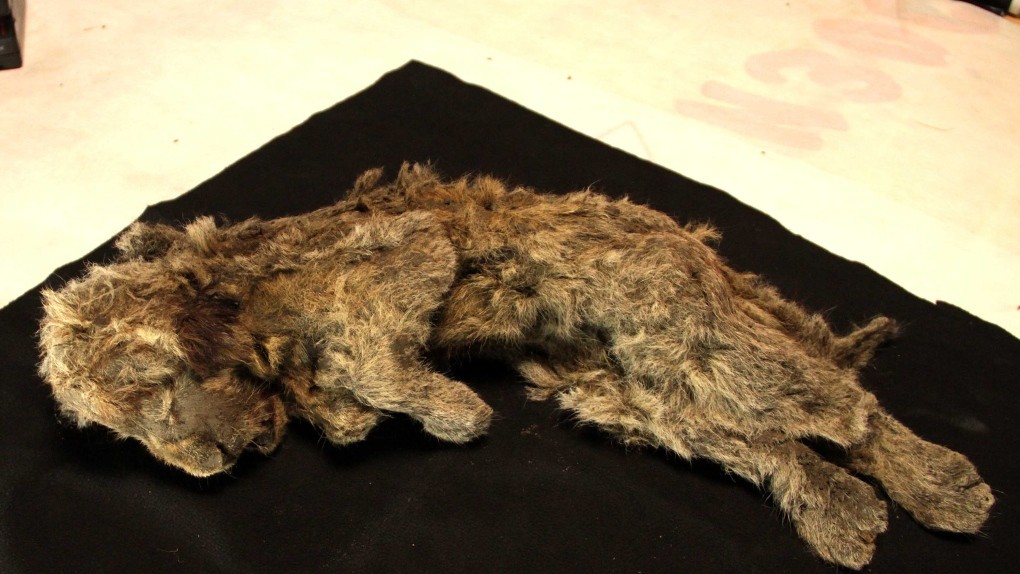
According to Swedish specialists who aided with studying the corpses, Sparta and Boris are between one and two months old. Despite their proximity and comparable physical attributes, Boris is thought to be roughly 15,000 years older, give or take a few centuries.
If the cubs had the chance to mature, their fur would have likely turned into a lighter shade of gray to help them fit in with the freezing Siberian Arctic, according to biologists.
Scientists are divided on whether cave lions roamed the Siberian steppes on their own during the Ice Age. According to ScienceAlert, one Ice Age painting in France’s Chauvet cave depicts several cave lions, both male and female, killing bison.
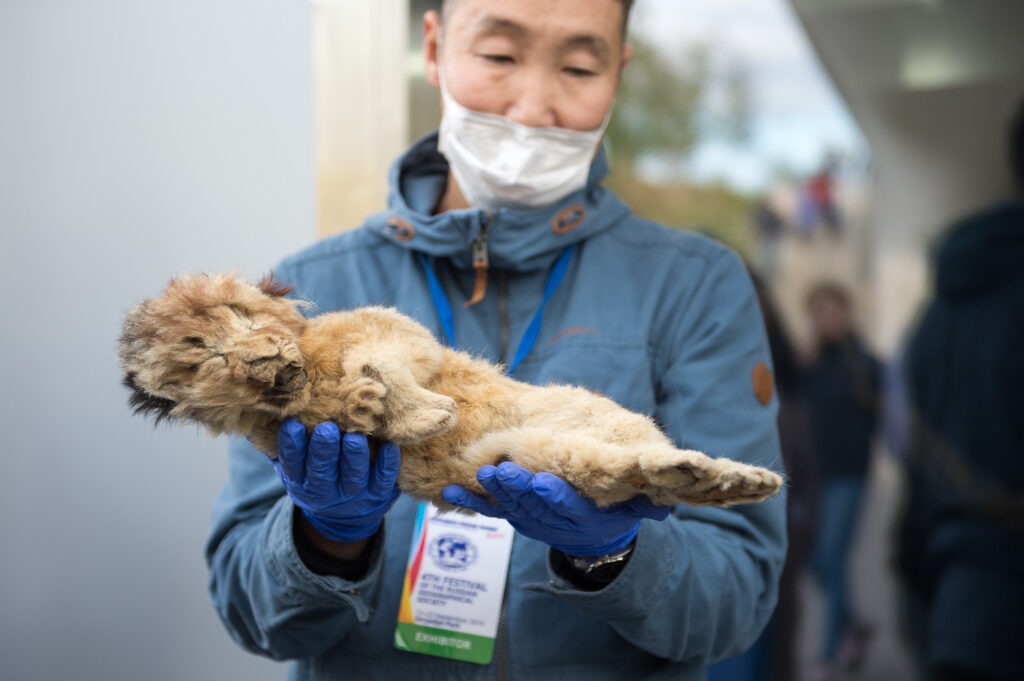
The researchers speculated that they would one day be able to clone lions, which would be easier than mammoths.
The lion cub in Siberia
The lion cub is currently undergoing further analysis and study by scientists. The hope is that the remains will provide valuable insights into the evolution, ecology, and behavior of prehistoric lions and the ancient environment of Siberia. The preservation of the lion cub is a unique opportunity for scientists to learn more about the past. It is a fascinating discovery for anyone interested in paleontology and the natural world.
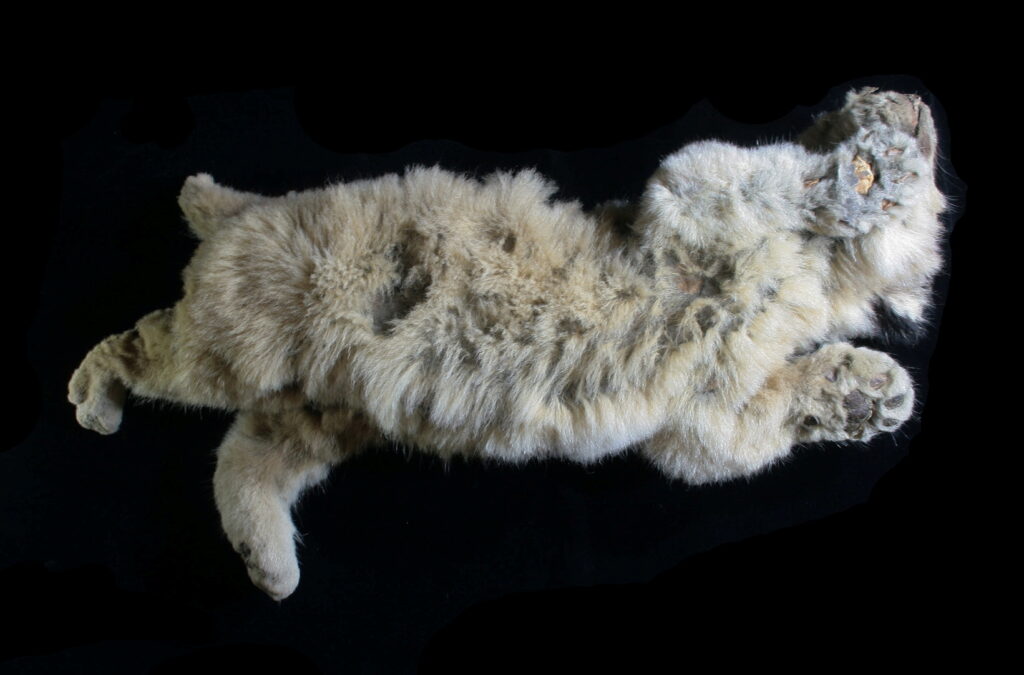
The discovery of the 28,000-year-old lion cub in Siberia is a significant find that adds to our understanding of prehistoric animals and the ancient environment. The well-preserved remains of the lion cub provide valuable information about ancient lions’ evolution, ecology, and behavior. The discovery also raises questions about the potential for finding even more well-preserved remains in permafrost, highlighting the importance of preserving and studying these ancient remains. The discovery of the lion cub is a unique opportunity for scientists to learn more about the past. It is a fascinating discovery for anyone interested in paleontology and the natural world.
Final Thought
“The discovery is unique; there was no comparable discovery in Yakutia,” he stated.
“Maybe, we hope, some dissolved components of the mother’s milk [remain intact]. “Because if we have that, we’ll be able to figure out what its mother’s diet was,” he explained.

